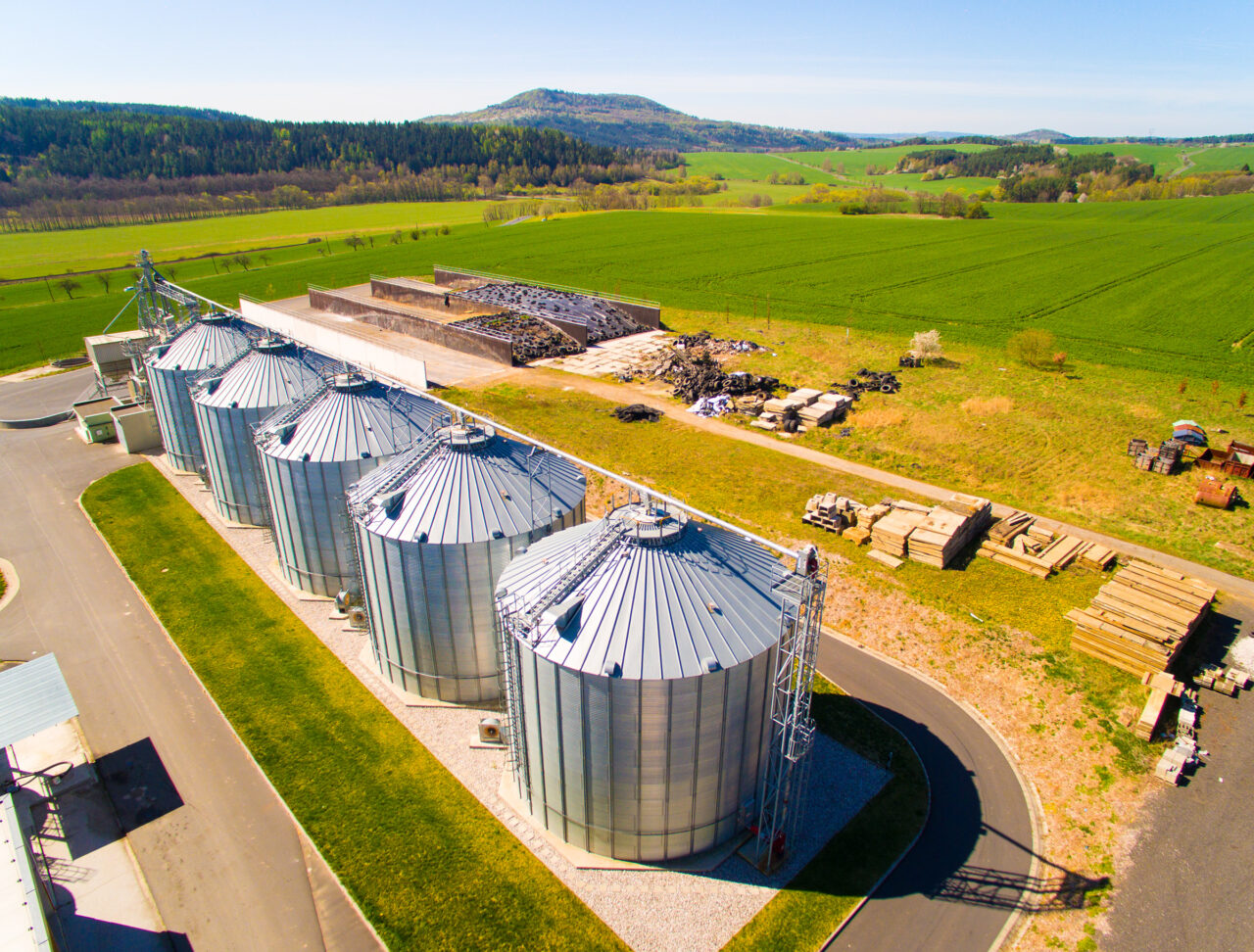Carbon offsets allow individuals and companies to compensate for their own emissions by funding projects that reduce greenhouse gases elsewhere. But how exactly do offsets work? In general, offset providers use carbon accounting to calculate emissions that will be counterbalanced – like purchasing credits for 1 metric ton of CO2. This money then goes back to the suppliers who are generating these emissions sequestering projects. Buyers receive credits and certification their emissions have been neutralized.
Ensuring projects are legit, additional, and irreversible is an important cornerstone to this process. Though there are many vendors of credits, it is important that when selecting projects or vendor platforms to buy carbon offset credits, a reliable and high-quality provider is chosen. Doing so can ensure that you are funding an effective project that is contributing to minimizing your footprint. Hence, credible offsets offer an immediate way to contribute to climate action.
The process of generating high-quality offsets starts with thorough measurement and auditing. Trusted third parties carefully quantify the emissions or sequestration impact of projects. Random spot checks help confirm calculations. Once certified and listed on a registry, each ton of CO2 reduced or removed is assigned a unique credit. Those credits can then be purchased and retired by individuals or companies to offset their footprint. The funds go back to sustain the emissions-reducing project.
Transparency around offset projects and tracking credit ownership is crucial for integrity. Blockchain technology shows promise for immutable and public accounting. There are also calls for stricter international standards around additionality and permanence. While criticisms are valid, improving oversight and procedures can help offsets reach their potential. Offsets alone will not solve climate change, but they offer one way for entities to take quantifiable mitigation action and fund green innovation. Refinements today will allow offsets to play a constructive role within comprehensive decarbonization roadmaps.
